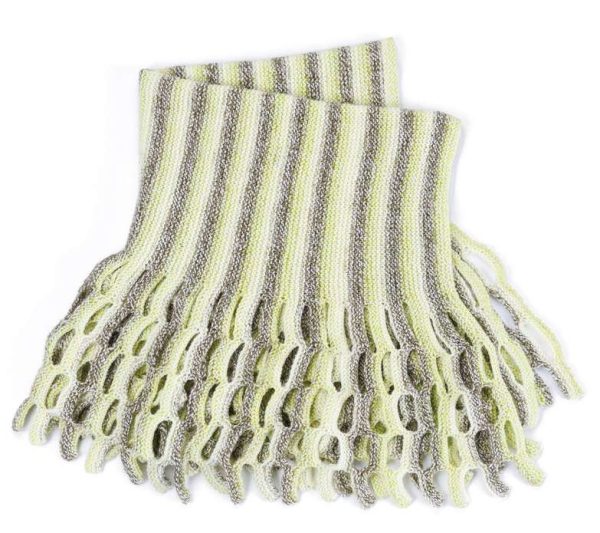 When I first started knitting again after a long absence from the craft (which has now been almost 25 years ago!) I really didn’t like garter stitch that much. I found it super boring, somehow even more boring than knitting stockinette stitch in the round, even though it’s exactly the same thing.
When I first started knitting again after a long absence from the craft (which has now been almost 25 years ago!) I really didn’t like garter stitch that much. I found it super boring, somehow even more boring than knitting stockinette stitch in the round, even though it’s exactly the same thing.
Over the years I’ve softened my opinion, and even grown to like garter stitch. There’s nothing wrong with being plain, and actually the texture of garter stitch is more interesting than stockinette.
Also there are fun things you can do with garter stitch to make it more interesting if you want to, such as adding stripes, working on the bias, or doing fun effects to change the look.
That’s the way with the Bernat Twist My Way Garter Knit Blanket. Using combinations of casting on and binding off creates what they call a Swiss cheese effect along two sides of the blanket. This is a lot of fun in the self-striping ombre yarn they chose for the pattern, but it would also be fun in a solid color or making your own stripes.
Despite the dramatic effect, this pattern is rated easy. It’s worked from side to side (if you consider the “cheesy” edges the top and bottom) and has an eight-row repeat that involves binding off and then casting on again to make the holes. They’re kind of like giant buttonholes.
Once you get the hang of it it’s a pretty easy repeat to remember, and it will be smooth knitting as big as you want to make it.
You can download this pattern from the Yarnspirations website for free, or you can buy a kit direct from them that includes the yarn you need (and knitting needles if you need those, too). Bernat Sport Ombre Twist, which is what is used in the pattern, comes in 12 self patterning colors and is a DK weight acrylic yarn.
[Photo: Yarnspirations]
